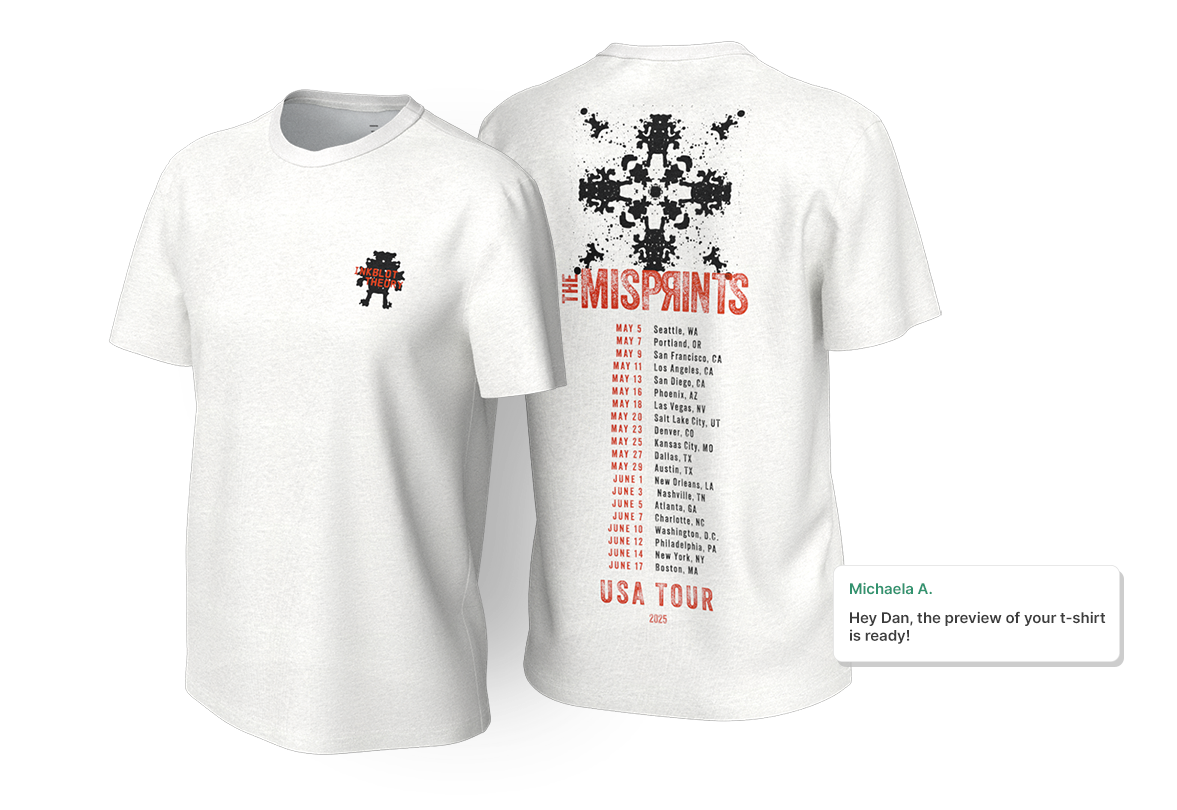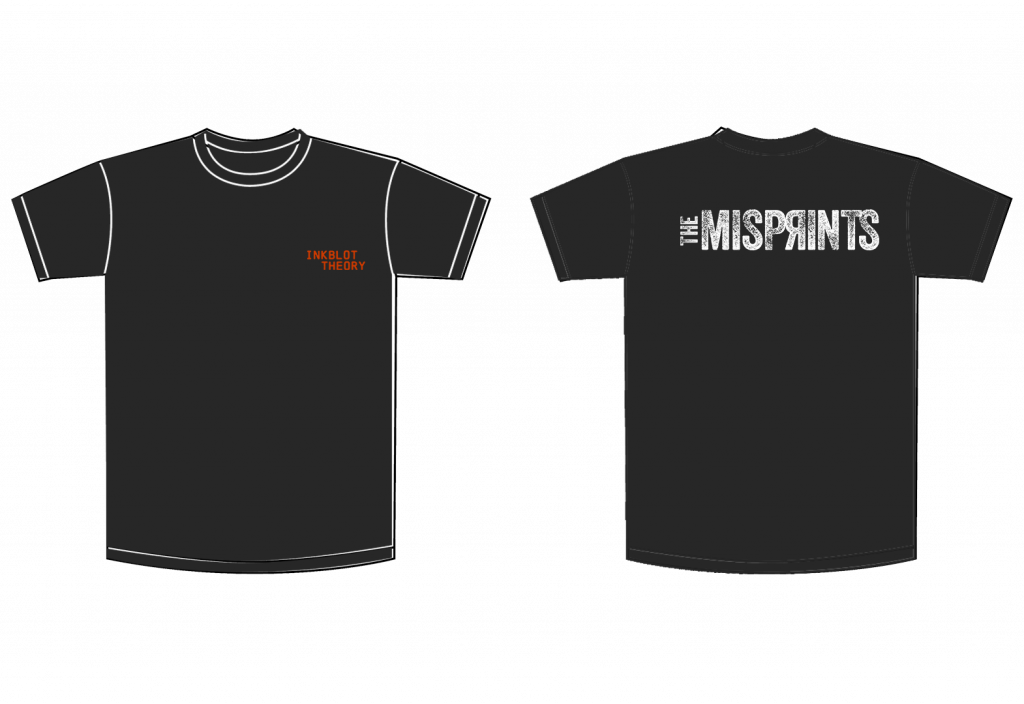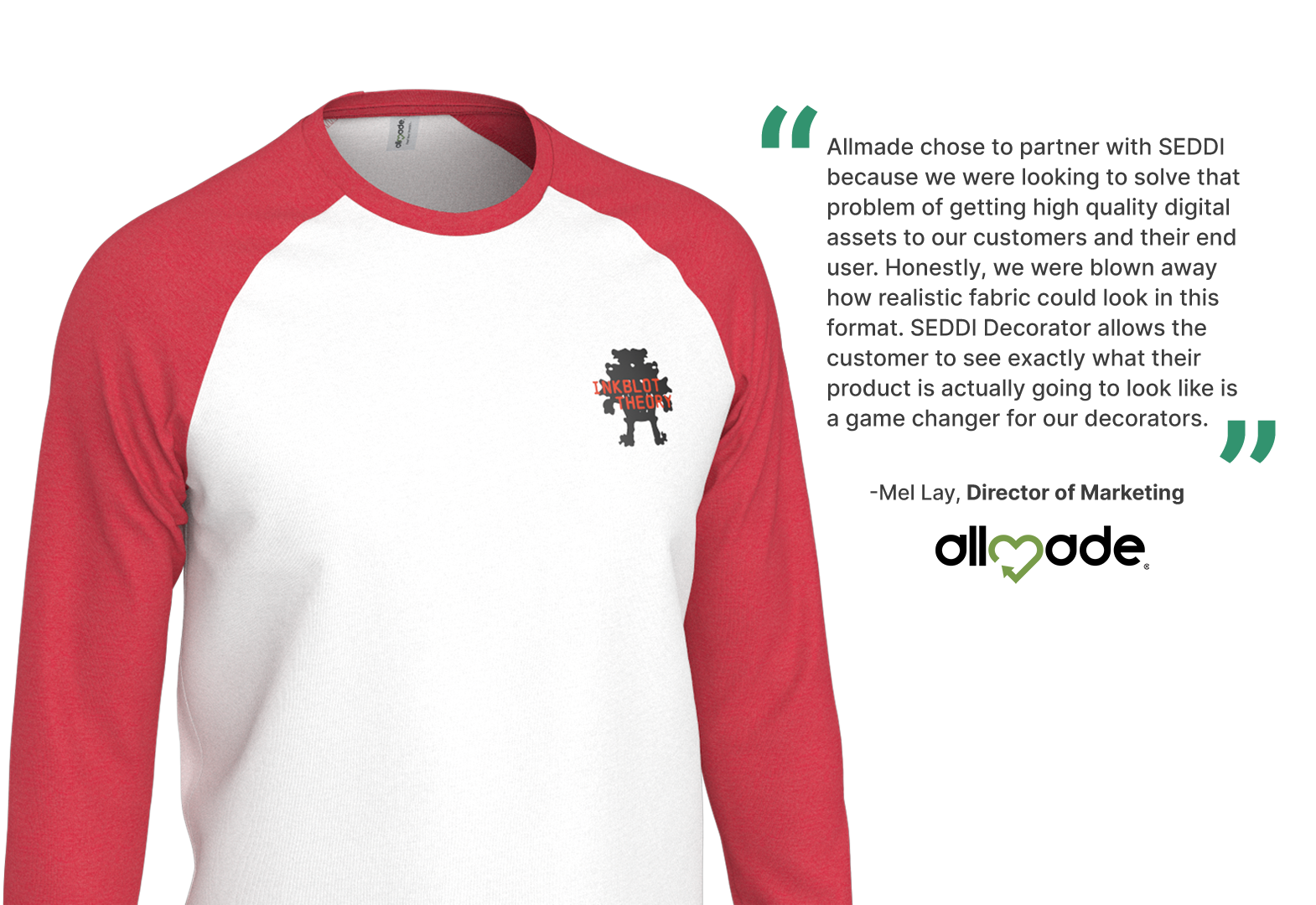In today’s digital-first world, online apparel mockups have become the go-to method for presenting branded and printed apparel designs without the need for complicated design programs, expensive photo shoots, or endless physical samples. From indie clothing brands to large-scale production and decoration houses, everyone stands to benefit from more authentic, photo-realistic previews of their products. Below, we’ll explore why realism matters, the best tools on the market, and how you can sidestep common pitfalls—all while keeping your budget in check.
Realistic Apparel Mockups: What Makes Them Truly “Realistic,” and Why Does It Matter?
A “realistic” apparel mockup doesn’t just show your design as a flat 2D object. It captures how the fabric drapes, the way colors shift under varied lighting, and the subtle textures that define quality. In essence, realism is about bridging the gap between a digital preview and the physical product your customers will hold in their hands. The payoff is trust. When buyers feel your mockup aligns with what will actually arrive in the mail, they’re more likely to commit. This confidence also benefits you as an apparel products producer, since fewer post-purchase surprises translate into fewer returns, re-do’s, and higher satisfaction rates. Ultimately, the more life-like your online mockups, the faster you can build confidence and loyalty in your customer base. Providing prospective customers with fast high quality, realistic apparel mockups of their ideas and inquiries can also win you more business.

Digital Templates: Making Apparel Mockups Online
Apparel mockups are digital templates that allow apparel producers, distributors, and decorators to showcase apparel products in a realistic and visually appealing way. These mockups are essential for creating client proposals, high-quality marketing materials, product images, and online store visuals. By using apparel mockups, businesses can save time and money by reducing the need for manual image editing, design, and photoshoots. Additionally, apparel mockups help to elevate brand recognition and increase sales by presenting products in a professional and captivating way.
Which Online Tools or Software Are Best for Creating High-Fidelity, High Quality Mockups?
There are a variety of online design platforms that help transform static designs into realistic apparel previews. Some focus on simplicity, offering quick drag-and-drop functionality and preset templates. Many of these tools also provide free mockups, making it convenient and easy to customize designs with a variety of templates. Others are advanced 3D environments that let you manipulate lighting, angles, and fabric simulations. Popular user-friendly options include Canva for basic 2D previews and Kittl for more customizable design templates. If you want to go further with 3D details–like seeing folds, contours, or even interactive rotations—specialized software such as SEDDI’s Decorator software for branded apparel 3D mockup creation. The beauty of the Decorator solution is that it’s not only a professional-grade product configurator—but all of its 3D apparel styles are built on the real patterns and digitized fabrics of the physical products, meaning it can generate a precise printing and product specifications tech pack too.
If you want to go all in on digital product creation, tools like SEDDI’s Author software, a cloud-based, full-scale from pattern marking to simulation, 3D apparel design software solution. This type of solution is leveraged by technical design teams at brands and manufacturers to fully design and develop products in 3D. A comparable, popular solution on the market in the same space is CLO 3D. The choice comes down to how deep you want to dive into photorealism and whether your business model calls for advanced capabilities like 3D rendering or multi-fabric layering. For many small to medium brands, a hybrid approach—using an easy-to-learn tool for everyday tasks and a more robust platform for high-stakes product launches—often hits the sweet spot of speed and quality.
Creating Realistic Apparel Mockups: Using a Generic Mockup Generator
Creating realistic apparel mockups is easy with a mockup generator. These online tools allow users to upload their designs and customize the mockup with just a few clicks. Basic mockup generators offer a range of templates, including generic t-shirts, hoodies, and other apparel items. With a mockup generator, users can create visual mockups to a certain level of realism. Although this method saves time and effort, the results are often not highly accurate, so it’s important to understand the impact that will have on the production and client satisfaction of the end product.


Slide the arrows to see the difference in the level of realism between a 2D and a 3D mockup.
How Do Lighting, Textures, and 3D Modeling Contribute to the Realism of a Design Preview?
Realism often lives in the details. Lighting can make or break a mockup; soft shadows and reflections indicate the garment’s shape and fabric weight, and correct color reproduction helps customers see the true hue of each design element. Creating a high resolution mockup is essential for achieving a professional and realistic look. Textures are equally crucial. If your design includes a raised logo for instance, a 2D overlay doesn’t capture the tactile feel nearly as well as a 3D simulation does. With advanced software, you can map textures onto the garment, letting viewers discern subtle differences between cotton, polyester blends, or heavier fleece. Specialized textile digitization software like SEDDI Textura make it possible to create 3D fabrics from scans of real fabric samples. 3D modeling brings it all together, dynamically showing digitally, how the apparel stretches or folds when worn. While these features might sound complex, modern platforms often automate much of the process—meaning you don’t need a degree in rendering to get realistic results.
Characteristics of Realistic Apparel Mockups: High-Resolution Images and Accurate Fabric Representation
Realistic apparel mockups should have high-resolution images and accurate fabric representation. High-resolution images ensure that the mockup looks professional and visually appealing, while accurate fabric representation helps to showcase the design in a realistic way. This is especially important for clothing brands that want to showcase their products in a lifelike way. SEDDI Decorator is unique in that it is powered by accurate digital textiles from Textura, meaning the 3D blank styles a user is working with are true physical replicas of the real apparel. Any graphics placements added in the product configurator will reflect the true drape and decoration method of the final product. This translates to highly realistic image outputs too. By using high-quality images and accurate fabric representation, businesses can create mockups that engender trust, look amazing, and help to increase sales.
What Are Common Mistakes When Creating Virtual Apparel Mockups—And How Can You Avoid Them?
A typical error is ignoring scale—printing a logo so large that it looks off when the final shirt arrives, or conversely, shrinking graphics until they’re barely noticeable. Double-checking measurements is a must, and some mockup tools allow you to input exact dimensions for each element. Decorator has another unique feature which automatically scales and previews graphics across the size range of a style. It makes it possible to visualize how your graphic size choice looks in reality, so you can adjust and perfect your printing plans in advance.
Another stumbling block is poor color calibration, leading to mismatches between on-screen previews and real-world garments. If you want to avoid surprises, use a platform that supports Pantone or exact HEX codes, and always test-run a sample if you’re printing in bulk. Finally, rushing the lighting and shadows can make an otherwise solid design look flat or unrealistic. Paying attention to detail—like ensuring consistent light sources or adding subtle drop shadows—often elevates a mockup from amateurish to professional in seconds.

Final Thoughts: Realism That Sells
In a fast-moving apparel market, realism isn’t just a nice-to-have—it’s a strategic advantage. Whether you’re a small brand trying to stand out, a distributor juggling dozens of client requests, or a seasoned decorator focused on precision, investing in high-quality mockups can pay dividends. The right tools don’t just save time—they build trust, reduce costly errors, and help your work stand out in a competitive landscape. By choosing realistic apparel mockups that reflect true fabric details, lighting, and proportions, you’re not just showing off a design—you’re setting the stage for a better customer experience from first glance to final delivery.

